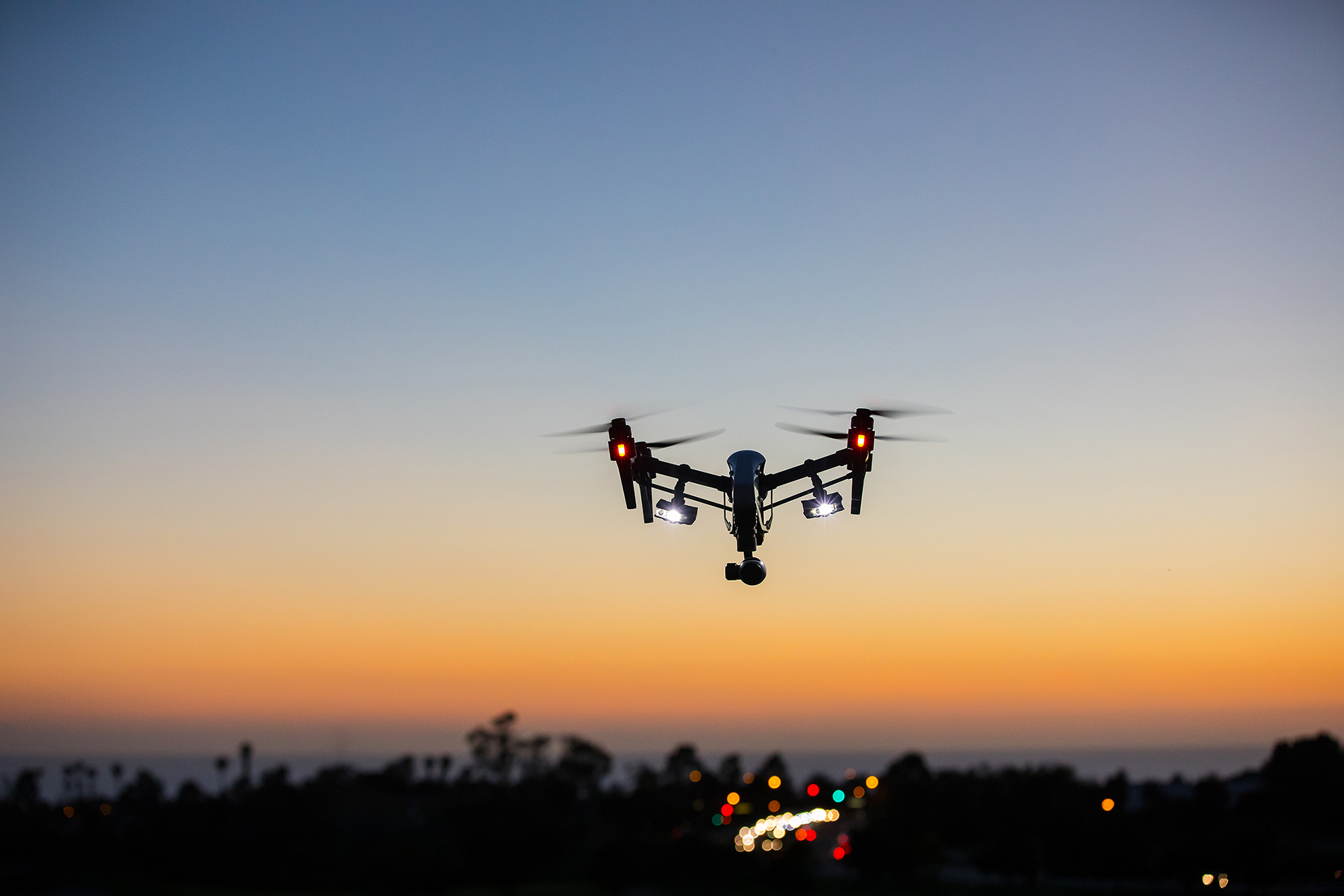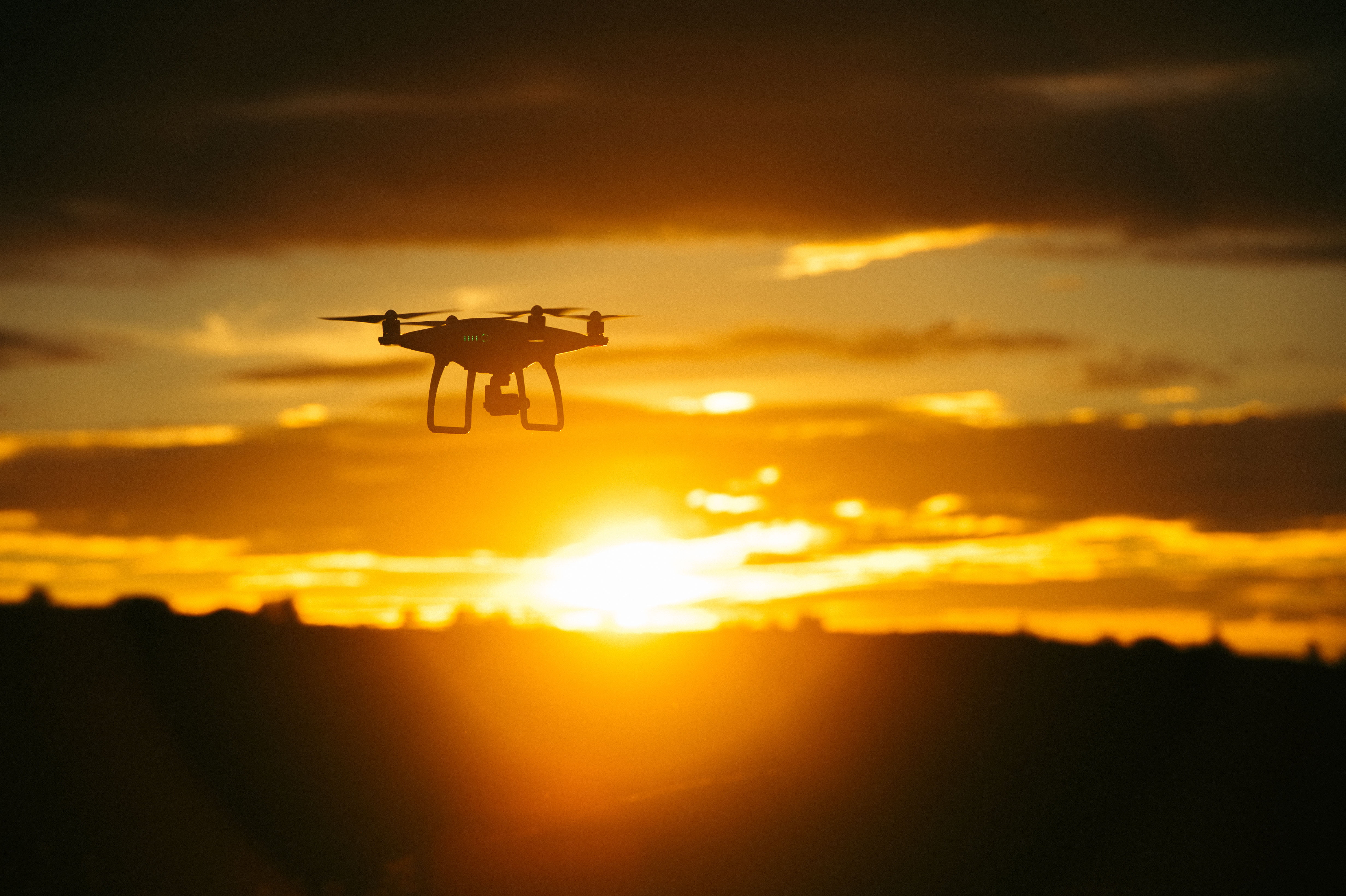Sky elements drones are revolutionizing atmospheric research, offering unprecedented access to data previously difficult or impossible to obtain. These unmanned aerial vehicles (UAVs), equipped with an array of sophisticated sensors, are transforming our understanding of weather patterns, air quality, and climate change. From monitoring the formation of clouds to analyzing the dispersion of pollutants, drones provide a flexible and cost-effective solution for gathering crucial atmospheric information, surpassing the limitations of traditional methods like weather balloons and satellites in many respects.
The versatility of drones allows for targeted data collection at specific altitudes and locations, providing high-resolution data that is crucial for detailed atmospheric analysis. This ability to collect data in a precise manner is complemented by the increasingly sophisticated sensor technology integrated into these drones, enabling the measurement of various atmospheric parameters with improved accuracy. The resulting data can then be used to create detailed visualizations, improving weather forecasting, and advancing our understanding of complex atmospheric phenomena.
Sky elements drones, with their intricate choreography and vibrant displays, are pushing the boundaries of aerial entertainment. However, even the most advanced technology can encounter unforeseen issues, as highlighted by a recent incident; you can read about the orlando drone show malfunction to see a prime example. This underscores the importance of robust safety protocols and continuous innovation in the field of sky elements drones to prevent similar occurrences in the future.
Drone Technology in Atmospheric Research
Unmanned aerial vehicles (UAVs), commonly known as drones, have revolutionized atmospheric research, offering a cost-effective and flexible platform for data collection previously inaccessible or impractical with traditional methods. Their maneuverability allows for targeted sampling in specific atmospheric layers and locations, providing high-resolution data critical for understanding complex atmospheric processes.
Types of Drones for Atmospheric Data Collection
Various drone types cater to different atmospheric research needs. Fixed-wing drones excel in covering large areas efficiently, while multirotor drones provide superior maneuverability for precise data acquisition in challenging terrains or close proximity to ground-based features. Hybrid drones combine the advantages of both, offering versatility in diverse atmospheric research scenarios. The choice of drone depends on the specific research objectives, geographic constraints, and required payload capacity.
Advantages and Disadvantages of Drones Compared to Traditional Methods

Drones offer several advantages over traditional methods such as weather balloons and satellites. Their cost-effectiveness, high spatial resolution, and ability to reach specific locations make them particularly suitable for localized atmospheric studies. However, limitations include flight time constraints, range limitations, and susceptibility to weather conditions. Weather balloons, while providing vertical profiles, lack the spatial resolution of drones, while satellites, although offering broad coverage, have lower spatial resolution and are less suitable for detailed localized studies.
Sensors and Payloads for Atmospheric Data Acquisition
The effectiveness of drone-based atmospheric research heavily relies on the integrated sensors and payloads. These collect crucial atmospheric parameters, enabling comprehensive data analysis and accurate modeling of atmospheric phenomena.
| Sensor Type | Measurement | Accuracy | Limitations |
|---|---|---|---|
| Temperature Sensor | Air temperature | ±0.5°C | Sensitivity to sensor shielding and solar radiation |
| Pressure Sensor | Atmospheric pressure | ±1 hPa | Altitude-dependent accuracy, potential for drift |
| Humidity Sensor | Relative humidity | ±2% RH | Sensitivity to temperature and pressure changes |
| Anemometer | Wind speed and direction | ±0.5 m/s, ±5° | Susceptibility to turbulence and drone vibrations |
| GPS | Location and altitude | ±1m (horizontal), ±2m (vertical) | Signal blockage in certain environments |
| Spectrometer | Gas concentration (e.g., CO2, O3) | Varies depending on the gas and instrument | Calibration requirements, sensitivity to interferences |
Visualizing Sky Elements with Drone Imagery
Drone-captured images and videos provide a rich source of data for visualizing and quantifying atmospheric phenomena. Advanced image processing techniques reveal intricate details about cloud structures, air pollution patterns, and other atmospheric features that are often invisible to the naked eye.
Image Analysis Techniques for Quantifying Sky Elements
Image analysis techniques play a vital role in extracting quantitative information from drone imagery. These include techniques like photogrammetry for creating 3D models of clouds, and algorithms for identifying and quantifying pollutants based on their spectral signatures. Machine learning approaches are increasingly used for automated feature extraction and analysis, enhancing the efficiency and accuracy of data processing.
Visualization Methods for Atmospheric Conditions, Sky elements drones
Various visualization methods are employed to represent atmospheric data derived from drone imagery, making complex data more accessible and understandable to researchers and the public. These visualizations aid in pattern recognition, identification of anomalies, and communication of research findings.
- 3D models of cloud structures
- Heat maps depicting temperature or pollution distribution
- Time-lapse videos showcasing atmospheric evolution
- Interactive maps integrating drone data with other atmospheric datasets
Drone Applications in Meteorology and Climatology

Drones are proving invaluable in both meteorological and climatological research, although their applications differ based on the temporal and spatial scales involved. Meteorology focuses on short-term weather phenomena, while climatology examines long-term weather patterns and climate change impacts.
Drone Applications in Studying Extreme Weather Events
Drones are uniquely suited for studying extreme weather events, offering a safe and effective way to collect data in hazardous environments. For instance, drones equipped with specialized sensors can be deployed to measure wind speeds within tornadoes or to assess storm surge during hurricanes, providing crucial data for improved forecasting and risk assessment. The ability to collect data in situ during these events significantly enhances our understanding of their dynamics and evolution.
Hypothetical Drone Mission: Studying Cloud Formation
A hypothetical mission could involve using a multirotor drone equipped with a temperature and humidity sensor, a camera, and a GPS to study cumulus cloud formation. The drone would fly a pre-programmed path through and around a developing cumulus cloud, collecting data on temperature, humidity, and wind speed at various altitudes. The flight path would be designed to capture the cloud’s vertical and horizontal structure.
The collected data and images would be processed to create a 3D model of the cloud and analyze its microphysical properties, providing insights into the mechanisms of cloud formation and development.
Sky elements drones are increasingly used for spectacular displays, pushing the boundaries of aerial artistry. For a prime example of this technology in action, check out the impressive light shows at the orlando drone show , showcasing the latest innovations in drone choreography. The creativity and precision demonstrated there highlight the evolving capabilities of sky elements drones in entertainment and beyond.
Ethical and Regulatory Considerations
The increasing use of drones in atmospheric research necessitates careful consideration of ethical and regulatory aspects. Issues of privacy, environmental impact, and airspace safety need to be addressed to ensure responsible and sustainable drone operations.
Regulations and Guidelines for Drone Operation
National and international regulations govern drone operation, including airspace restrictions, licensing requirements, and safety protocols. These regulations are constantly evolving to keep pace with technological advancements and address potential risks. Researchers must adhere to all applicable regulations and obtain necessary permits before conducting drone missions.
Best Practices for Responsible Drone Operation
Responsible drone operation is crucial for minimizing risks and ensuring the ethical conduct of atmospheric research. Best practices include thorough pre-flight planning, adherence to safety protocols, and consideration of environmental impacts. Minimizing noise pollution, avoiding sensitive ecosystems, and properly disposing of drone components are essential aspects of responsible drone operation.
- Obtain necessary permits and licenses.
- Conduct thorough pre-flight checks.
- Operate within designated airspace.
- Maintain visual line of sight (unless authorized otherwise).
- Respect privacy and avoid unauthorized surveillance.
- Minimize environmental impact.
Future Trends and Innovations: Sky Elements Drones
Advancements in drone technology and related fields hold immense potential for revolutionizing sky element research. Emerging technologies promise to improve the accuracy, efficiency, and scope of atmospheric data collection and analysis.
Emerging Technologies for Enhanced Drone Applications

AI-powered image analysis offers automated and efficient processing of large drone datasets, reducing manual workload and improving accuracy. Advanced sensor technologies, such as hyperspectral and lidar sensors, enable the measurement of a wider range of atmospheric parameters with higher precision. Miniaturization of sensors allows for integration of multiple sensors on smaller, more agile drones, expanding research capabilities.
Potential of Drone Swarms for Large-Scale Monitoring
Drone swarms, coordinated groups of drones working together, offer the potential for large-scale atmospheric monitoring. Swarms can cover vast areas, providing high spatial and temporal resolution data, enhancing our ability to study large-scale atmospheric phenomena such as weather systems and air pollution plumes. The coordinated data collection and processing capabilities of drone swarms significantly expand the scope and detail of atmospheric research.
The integration of drones into atmospheric research represents a significant advancement in our ability to study and understand the complexities of the Earth’s atmosphere. Their adaptability, combined with ongoing technological improvements in sensor technology and data analysis techniques, promises even more profound insights in the years to come. The ethical and regulatory considerations surrounding drone usage must, however, remain a central focus to ensure responsible and sustainable implementation of this powerful technology.
The future of atmospheric research is undoubtedly intertwined with the continued development and responsible deployment of sky elements drones.
Clarifying Questions
What are the typical costs associated with operating sky elements drones for research?
Costs vary significantly depending on drone type, sensor payload, operational duration, and data analysis requirements. Initial investment in drones and equipment can be substantial, with ongoing expenses related to maintenance, repairs, insurance, and personnel.
How do I obtain the necessary permits and licenses to operate drones for atmospheric research?
Sky Elements Drones specializes in creating breathtaking aerial displays using cutting-edge technology. However, even with meticulous planning, accidents can occur, as highlighted by a recent incident reported in a news article detailing a drone show accident. This underscores the importance of rigorous safety protocols and ongoing advancements in drone technology for Sky Elements Drones and the entire industry to ensure future shows remain safe and spectacular.
Regulations vary by country and region. Contact your local aviation authority or relevant regulatory body to determine the specific requirements for obtaining necessary permits and licenses for drone operation in your area. Compliance with all applicable regulations is crucial for safe and legal operation.
What safety precautions are essential when operating drones for atmospheric research?
Prioritize pre-flight checks, adhere to strict flight plans, maintain awareness of airspace restrictions, and ensure the drone is operated within its capabilities. Always prioritize safety, both for personnel and the environment.